Your One-Stop Shop for Everyday Essentials & Unique Finds
Finding the Best Dog Walking Training Harness: A Comprehensive Guide for 2025
Walking your dog should be a fun and enjoyable experience for both of you. A good harness can make all the difference. It provides better control, comfort, and safety compared to traditional collars. In this guide, we’ll break down everything you need to know about finding the best dog walking training harness for you and your furry friend in 2025. From understanding why a harness is essential to tips on fitting and training, we’ve got you covered.
Key Takeaways
- A harness is safer and more comfortable than a collar for most dogs.
- Look for features like adjustability, comfort, and durability when choosing a harness.
- Different types of harnesses serve different needs; choose one based on your dog's behavior and size.
- Proper fitting of a harness is crucial to avoid discomfort and ensure safety.
- Regular maintenance and timely replacement of the harness can prolong its life and effectiveness.
Understanding The Importance Of A Good Harness
Choosing the right harness for your dog is more important than you might think! It's not just about looking stylish on your daily walks; it's about your dog's safety, comfort, and overall well-being. Think of it as investing in a good pair of shoes – they make all the difference in how enjoyable your walk is. A well-fitted harness can transform your walks from a stressful tug-of-war into a pleasant stroll for both of you. Let's explore why a good harness is a must-have for every dog owner.
Why Harnesses Are Better Than Collars
Collars have been the go-to for ages, but harnesses are quickly becoming the preferred choice, and for good reason. Harnesses distribute pressure evenly across your dog's body, instead of focusing it all on their neck. This is especially important for small breeds or dogs with delicate tracheas. Imagine if someone was constantly tugging on your neck – not fun, right? Harnesses also offer better control, making it easier to manage dogs that tend to pull. Plus, they reduce the risk of neck injuries, which is a huge win in my book. For dogs that pull, a no-pull harness can be a game changer.
The Benefits Of Using A Dog Harness
Okay, so why should you switch to a harness? Let me count the ways!
- First off, they're safer. By distributing pressure, harnesses prevent choking and reduce the risk of neck injuries.
- They offer better control, which is a lifesaver if you have a strong or energetic dog.
- Harnesses are also more comfortable for many dogs, especially those with short snouts or sensitive necks.
Using a harness can also be a great training tool. It gives you more control and helps teach your dog to walk nicely on a leash. It's like having power steering for your pup!
How Harnesses Improve Walking Experience
Let's be real, nobody enjoys a walk where they're constantly being pulled or dragged. Harnesses can seriously improve your walking experience by giving you better control and reducing strain on both you and your dog. With a harness, you can guide your dog more effectively, making walks more relaxed and enjoyable. Plus, a comfortable dog is a happy dog, and a happy dog makes for a happy owner. It's a win-win! Think of it as upgrading from a bumpy dirt road to a smooth highway – much more pleasant for everyone involved. A good harness makes walking a joy.
Key Features To Look For In A Harness
Choosing the right harness can feel like a big deal, but it doesn't have to be! Think of it as finding the perfect fit for your furry pal so walks are enjoyable for both of you. Let's break down the key things to keep in mind.
Comfort And Fit
First up, comfort is king (or queen!). You want a harness that feels good against your dog's skin, preventing any rubbing or chafing. A well-fitted harness should be snug but not too tight, allowing your dog to move freely. Consider these points:
- Padding: Extra padding can make a big difference, especially for dogs with sensitive skin or those who tend to pull.
- Adjustability: Look for harnesses with multiple adjustment points to get that perfect, custom fit.
- Material: Breathable materials are great for warmer weather to prevent overheating.
Durability And Material Quality
You're going to want a harness that can withstand daily wear and tear. Think about your dog's activity level. A gentle stroll in the park is different than an intense hike through the woods! Here's what to consider:
- Sturdy Materials: Nylon and reinforced stitching are your friends. They hold up well over time.
- Hardware: Check the quality of the buckles and D-rings. Metal hardware is generally more durable than plastic.
- Weather Resistance: If you live in a rainy area, a water-resistant harness can be a great choice.
Ease Of Use And Adjustability
Nobody wants to wrestle with a complicated harness every time they go for a walk. A good harness should be easy to put on and take off. Here's what makes a harness user-friendly:
- Simple Design: Look for harnesses with clear instructions and straightforward designs.
- Quick-Release Buckles: These make it easy to get the harness on and off quickly.
- Adjustable Straps: Adjustable straps are essential for getting the right fit, especially if your dog is still growing or between sizes.
A good harness should distribute pressure evenly across your dog's chest and back, avoiding any strain on their neck. This is especially important for dogs prone to pulling or those with neck issues.
Types Of Dog Walking Harnesses Explained
Okay, so you're ready to ditch the collar and upgrade to a harness? Awesome! But hold up, not all harnesses are created equal. There's a whole world of straps and buckles out there, and picking the right one can make a huge difference in your dog's comfort and your control on walks. Let's break down the most common types so you can find the perfect fit.
Back-Clip Harness
These are probably the ones you see most often. The leash attaches to a ring on your dog's back. They're super easy to put on and generally comfy for most dogs. Back-clip harnesses are great for casual walks and dogs who don't pull too much. However, if your dog is a serious puller, this type might not give you the best control. It's like steering a car from the back seat – not ideal! Think of it as a good starting point, especially if your dog is already a pretty good walker. If you're just starting out, you might want to consider other options.
Front-Clip Harness
Now, these are a game-changer for pullers! With a front-clip harness, the leash attaches to a ring on your dog's chest. When your dog starts to pull, the harness gently redirects them to the side, discouraging the behavior. It's all about redirection, not restriction. Some people find these take a little getting used to, both for them and their dog, but the results can be amazing. It gives you way more control and makes walks way more enjoyable. If your dog is constantly dragging you down the street, a front-clip harness could be your new best friend. You can find a great dog walk in Columbus with one of these.
No-Pull Harness
These harnesses are designed with the sole purpose of reducing pulling. They often feature a combination of front and back clips, plus extra padding and adjustable straps to ensure a snug and secure fit. Some no-pull harnesses also have a martingale loop that tightens slightly when your dog pulls, providing gentle pressure without choking.
Here's a quick rundown of why people love them:
- They can significantly reduce or eliminate pulling.
- They offer better control and make walks more enjoyable.
- They come in various styles and sizes to fit different breeds.
Choosing the right harness really depends on your dog's individual needs and personality. Consider their size, breed, pulling habits, and any specific health concerns. Don't be afraid to try a few different types to see what works best for you and your furry friend! Remember, a happy dog makes for a happy walk!
How To Properly Fit A Dog Harness
Alright, so you've got your brand new harness! Awesome. But a harness that doesn't fit right is about as useful as a screen door on a submarine. Let's make sure your furry pal is comfy and secure.
Measuring Your Dog Correctly
First things first, ditch the guesswork and grab a soft measuring tape. You'll need two key measurements: your dog's neck and chest girth. For the neck, measure around where their collar usually sits. For the chest, go around the widest part, usually just behind their front legs. Write those numbers down! Don't just eyeball it; every dog is different, and even a few inches can make a big difference in fit. It's also a good idea to weigh your dog, as some harnesses use weight as a sizing guide too. This will help you choose the [right harness size](#0013] from the manufacturer's sizing chart.
Adjusting Straps For Comfort
Okay, harness on, now the real fun begins. The goal is a snug but not restrictive fit. You should be able to slip two fingers comfortably between the harness and your dog's body at any point. Start with the neck straps, then move to the chest. Most harnesses have multiple adjustment points, so play around with them until you get that perfect fit. Make sure the straps aren't digging into your dog's skin, especially around the armpits. A good rule of thumb is to adjust the straps symmetrically, so the harness doesn't pull to one side.
Common Fitting Mistakes To Avoid
So, what are the usual slip-ups? A too-loose harness is a big one. Your dog could slip out, especially if they get spooked. On the flip side, a too-tight harness can cause chafing and discomfort. Another mistake is not re-adjusting the harness after the first few walks. Harnesses can shift and settle, so a quick tweak after a walk or two can make a world of difference. Also, don't forget to check the hardware – buckles and clips – to make sure they're secure.
A properly fitted harness should allow your dog to move freely without any restrictions. Watch for signs of discomfort, like excessive scratching or reluctance to walk. If you notice anything unusual, re-evaluate the fit and make adjustments as needed. Remember, a happy dog makes for a happy walk!
Top Recommendations For 2025
Alright, let's get to the good stuff – the harnesses that are actually worth your money in 2025! I've done the digging, read the reviews, and even tested a few myself (thanks, Sparky!). These are my top picks for keeping your furry friend safe and comfy on your walks.
Best Overall Dog Walking Harness
For the best overall pick, we're looking for something that balances comfort, durability, and ease of use. The winner has to be the Ruffwear Web Master Harness. It's a bit of an investment, but it's built to last and offers a secure fit for all kinds of dogs. It's great for everyday walks and even hiking adventures. The padded straps prevent chafing, and the sturdy handle on the back is perfect for helping your dog over obstacles or just keeping them close in crowded areas. It's a solid choice that will last for years.
Best Budget-Friendly Option
Don't want to break the bank? I get it! The good news is you don't have to spend a fortune to get a decent harness. The PetSafe Easy Walk Harness is a fantastic budget option. It's simple, effective, and does a great job of discouraging pulling. It might not have all the bells and whistles of the more expensive models, but it's a reliable choice for everyday walks. Plus, it comes in a bunch of different colors, so you can find one that suits your dog's personality.
Best For Large Breeds
Big dogs need harnesses that can handle their size and strength. For large breeds, I recommend the Blue-9 Balance Harness. It's designed to distribute pressure evenly, preventing strain on your dog's neck and back. It's super adjustable, so you can get a perfect fit, even if your dog is a bit oddly shaped. Plus, it's made from durable materials that can withstand even the most enthusiastic pullers. Speaking of which, the Balance Harness is a great no-pull option.
Here's a quick comparison table:
| Harness | Best For | Price Range | Key Features |
|---|---|---|---|
| Ruffwear Web Master Harness | Overall | $$$ | Durable, secure fit, padded straps, handle |
| PetSafe Easy Walk Harness | Budget-Friendly | $ | Simple, effective, discourages pulling, multiple colors |
| Blue-9 Balance Harness | Large Breeds | $$ | Even pressure distribution, adjustable fit, durable materials, no-pull design |
Choosing the right harness really depends on your dog's individual needs and your budget. Don't be afraid to try a few different options to see what works best for you and your furry friend. Happy walking!
Training Tips For Using A Harness
So, you've got your dog a shiny new harness! Awesome. Now, let's make sure they actually like wearing it and that walks are enjoyable for both of you. It's all about positive reinforcement and patience, trust me.
Getting Your Dog Used To The Harness
First things first, don't just slap the harness on and expect your dog to be thrilled. Introduce it slowly. Let them sniff it, maybe even put it near their food bowl so they associate it with good things.
- Lay the harness on the floor and reward your dog for approaching it.
- Next, try gently placing the harness on their back for a second, then immediately take it off and give a treat.
- Gradually increase the amount of time they wear the harness, always with positive reinforcement.
It's important to make this a positive experience. If your dog seems stressed or anxious, slow down the process. The goal is to create a happy association with the harness, not a source of fear.
Leash Training With A Harness
Once your dog is comfortable wearing the harness, it's time to attach the leash. Start in a familiar, low-distraction environment, like your living room or backyard. The key is to keep things positive and fun.
- Attach the leash and let your dog drag it around for a few minutes (under supervision, of course!).
- Practice short walks indoors, rewarding your dog for walking nicely by your side.
- Gradually transition to outdoor walks, starting in quiet areas and slowly introducing more distractions.
Encouraging Good Walking Behavior
Now for the real test: getting your dog to walk nicely on a leash. A harness can be a great tool for this, especially a front-clip or no-pull harness. But it's not a magic solution. You'll still need to train your dog.
- Use positive reinforcement to reward good behavior, like walking without pulling.
- Change direction frequently to keep your dog engaged and prevent them from anticipating the walk.
- If your dog starts to pull, stop walking and wait for them to come back to you before continuing. Patience is key here!
Maintaining Your Dog Harness

Taking good care of your dog's harness is super important! It's not just about keeping it clean; it's about making sure it stays safe and comfy for your furry pal. A well-maintained harness will last longer and perform better, giving you both peace of mind on your walks. Let's dive into how to keep that dog walking harness in tip-top shape.
Cleaning And Care Tips
Okay, so your dog's harness is probably gonna get dirty. Mud, slobber, you name it! Here’s the lowdown on keeping it clean:
- Regular Cleaning: Wipe down the harness after each walk with a damp cloth. This prevents dirt and grime from building up.
- Hand Washing: Every few weeks, give the harness a good hand wash with mild soap and warm water. Avoid harsh chemicals that could irritate your dog's skin.
- Drying: Always air dry the harness. Tossing it in the dryer can damage the straps and hardware. Hang it up or lay it flat to dry completely.
When To Replace Your Harness
Even with the best care, harnesses don't last forever. Knowing when to replace it is key for your dog's safety. Here are some signs it's time for a new one:
- Damage: Check for frayed straps, broken buckles, or loose stitching. Any of these issues can compromise the harness's integrity.
- Wear and Tear: If the material is thinning or showing significant wear, it's time to replace it. Durability is important.
- Poor Fit: If your dog has outgrown the harness or it no longer fits snugly, get a new one. A loose harness is just as bad as one that's too tight.
Signs Of Wear And Tear To Watch For
Catching problems early can prevent accidents. Keep an eye out for these common signs of wear and tear:
- Fraying: Look closely at the edges of the straps. Fraying can weaken the material over time.
- Stretching: If the straps seem stretched out or the harness feels looser than usual, it might be time for a replacement.
- Rust: Check metal hardware for rust or corrosion. Rust can weaken buckles and D-rings, making them unsafe.
Regularly inspecting your dog's harness is a simple way to ensure their safety and comfort. A little maintenance goes a long way in extending the life of the harness and keeping your walks enjoyable. Remember, a happy dog makes for a happy owner!
Wrapping It Up
So there you have it! Picking the right dog walking harness doesn’t have to be a headache. Just remember to think about your dog’s size, behavior, and comfort. With the right harness, walks can turn into a fun adventure for both of you. Keep an eye out for those features that matter most, like adjustability and comfort. And don’t forget to try a few on your pup to see what fits best. Happy walking, and here’s to many enjoyable strolls with your furry friend in 2025!
Frequently Asked Questions
Why should I use a harness instead of a collar for my dog?
Harnesses are safer for dogs because they distribute pressure evenly across the chest and shoulders, reducing strain on the neck.
What are the main benefits of using a dog harness?
Dog harnesses help prevent pulling, provide better control, and are more comfortable for dogs, especially those with sensitive necks.
How do I know which type of harness is best for my dog?
Consider your dog's size, breed, and behavior. Different harnesses, like back-clip or front-clip, serve different needs.
How can I make sure the harness fits my dog properly?
Measure your dog's chest and neck, then adjust the straps for a snug but comfortable fit. Make sure it’s not too tight or too loose.
How often should I clean my dog's harness?
You should clean your dog's harness regularly to keep it free of dirt and odors. Check the manufacturer's instructions for specific care tips.
When should I replace my dog's harness?
Replace the harness if you notice any signs of wear, like fraying straps or broken buckles, to ensure your dog's safety.

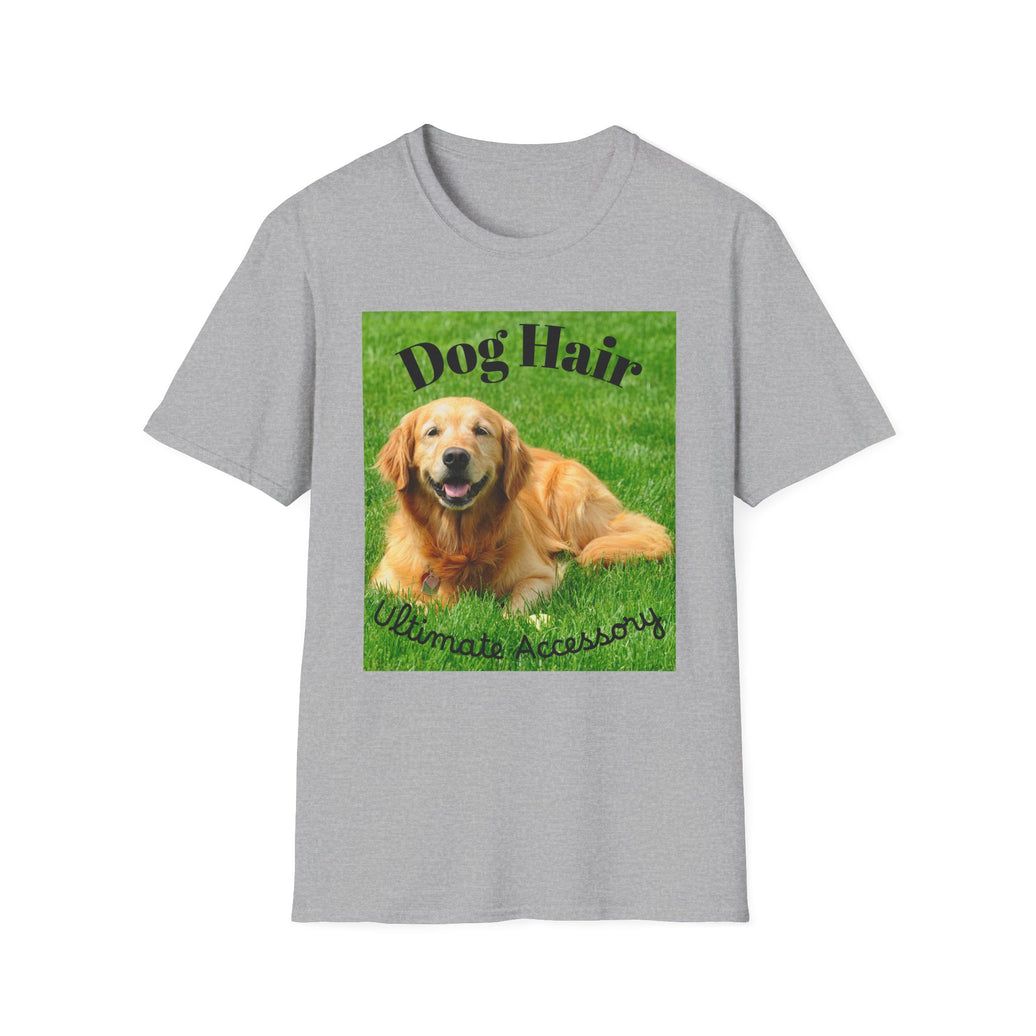
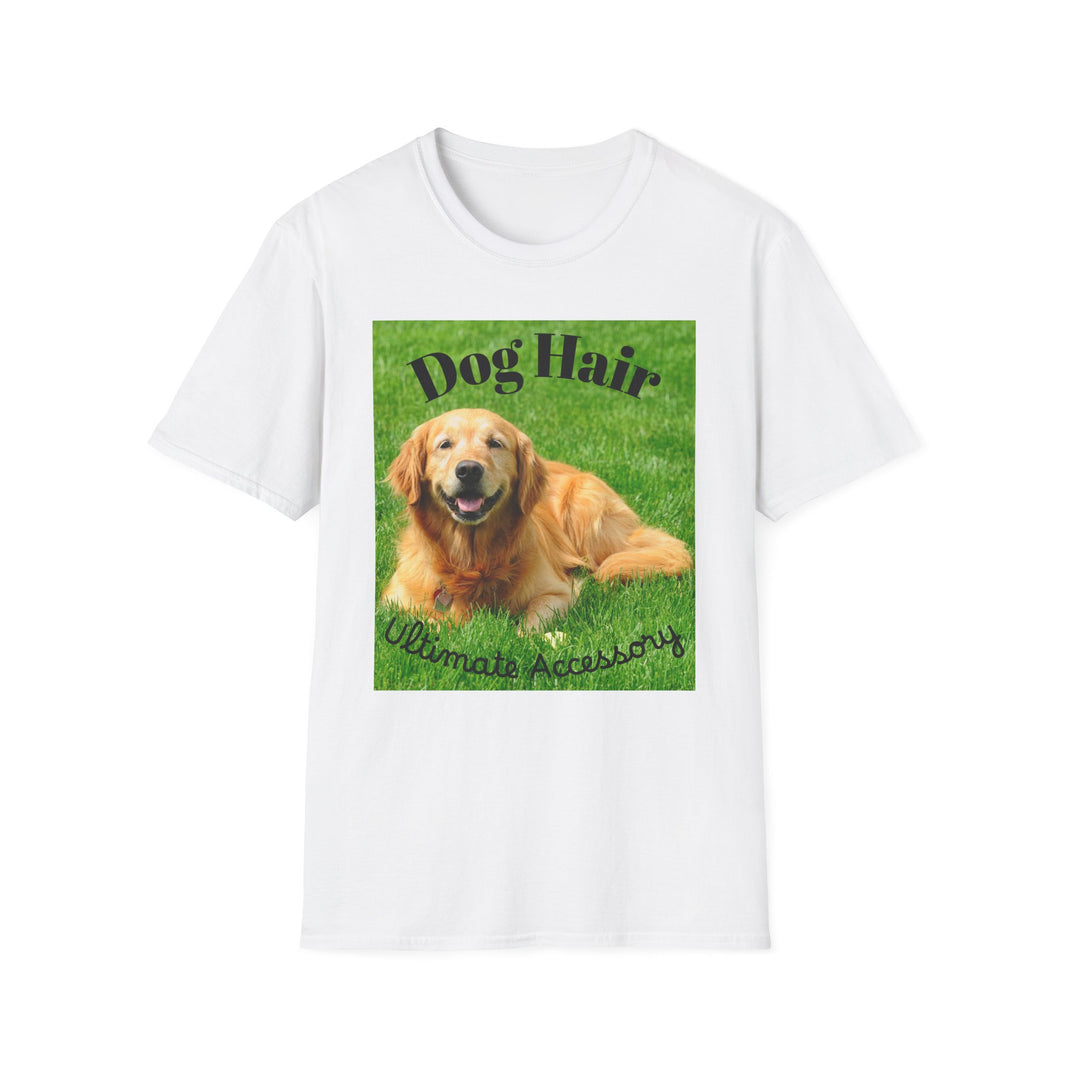
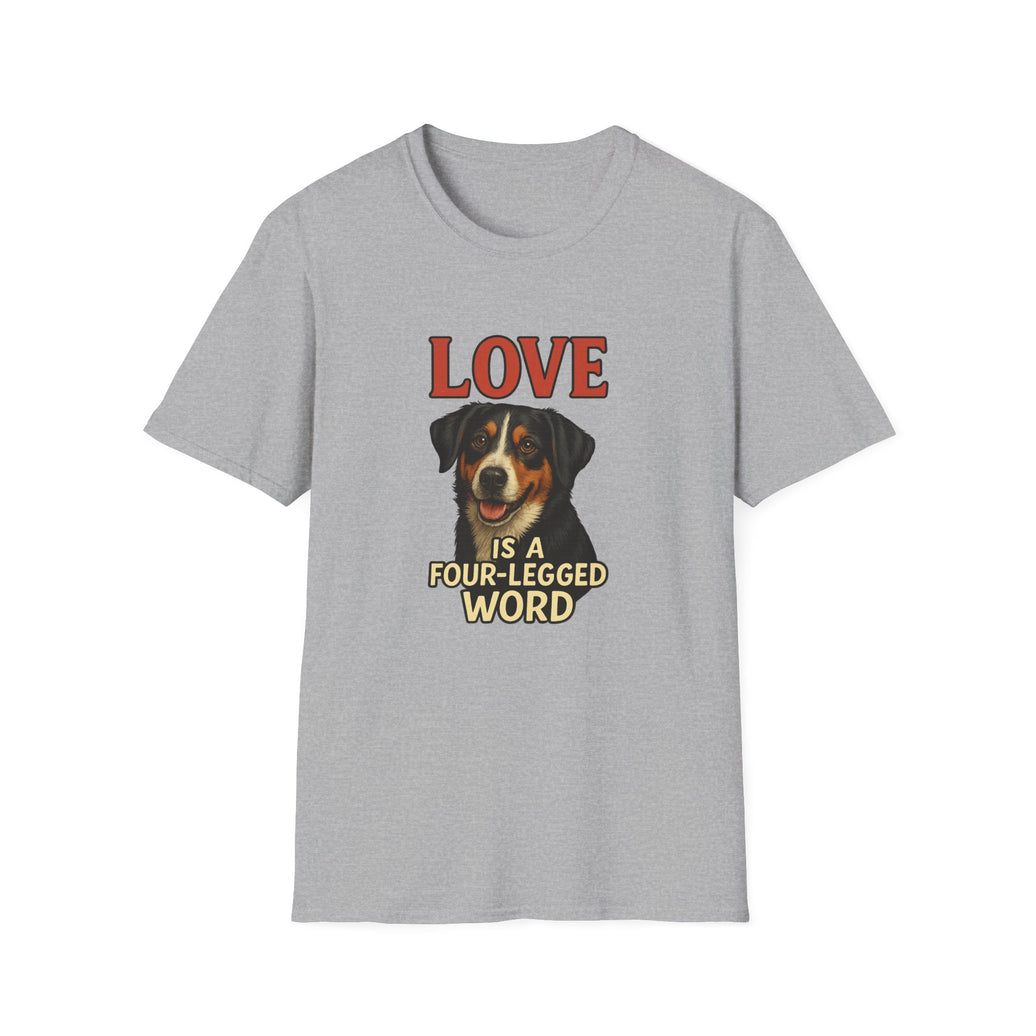
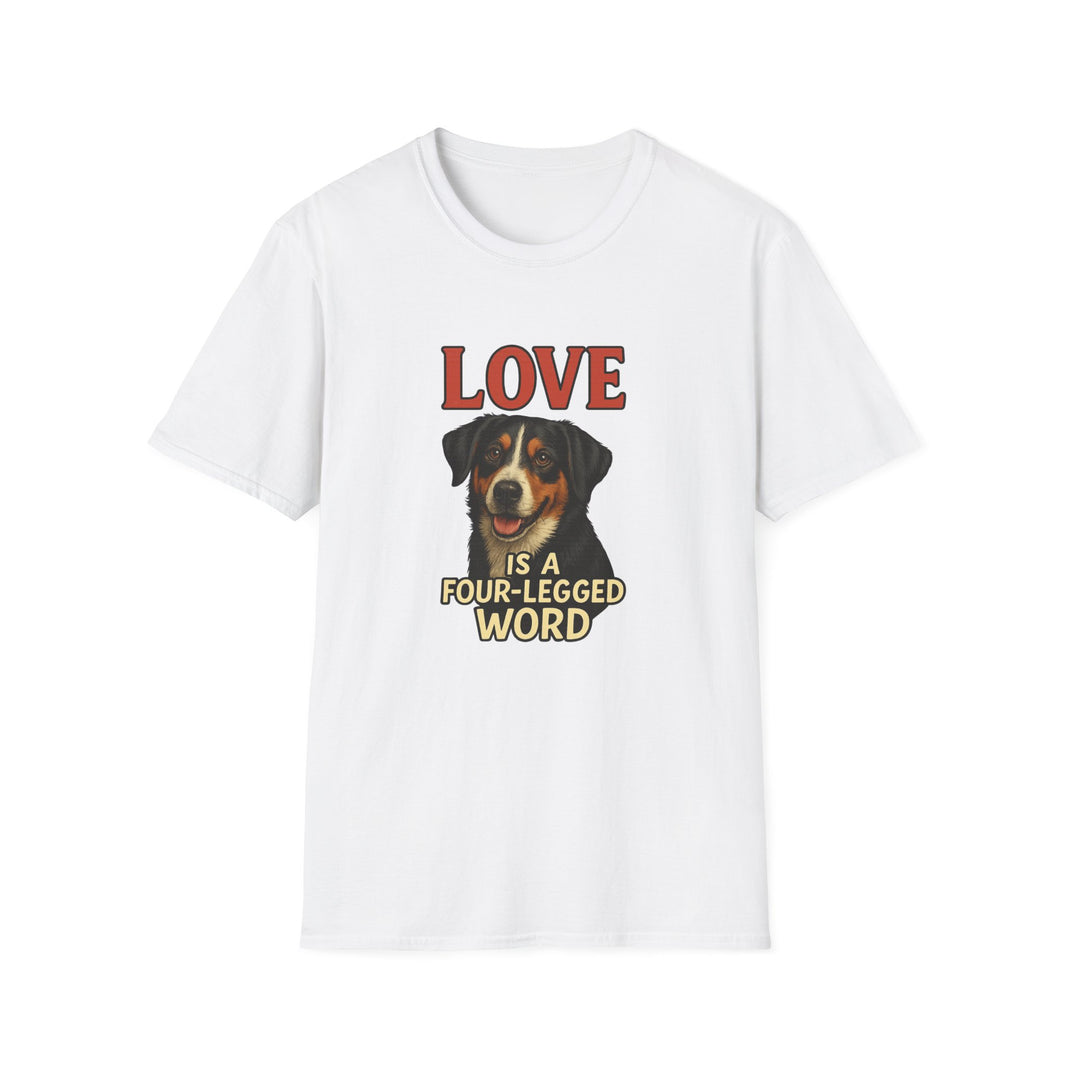
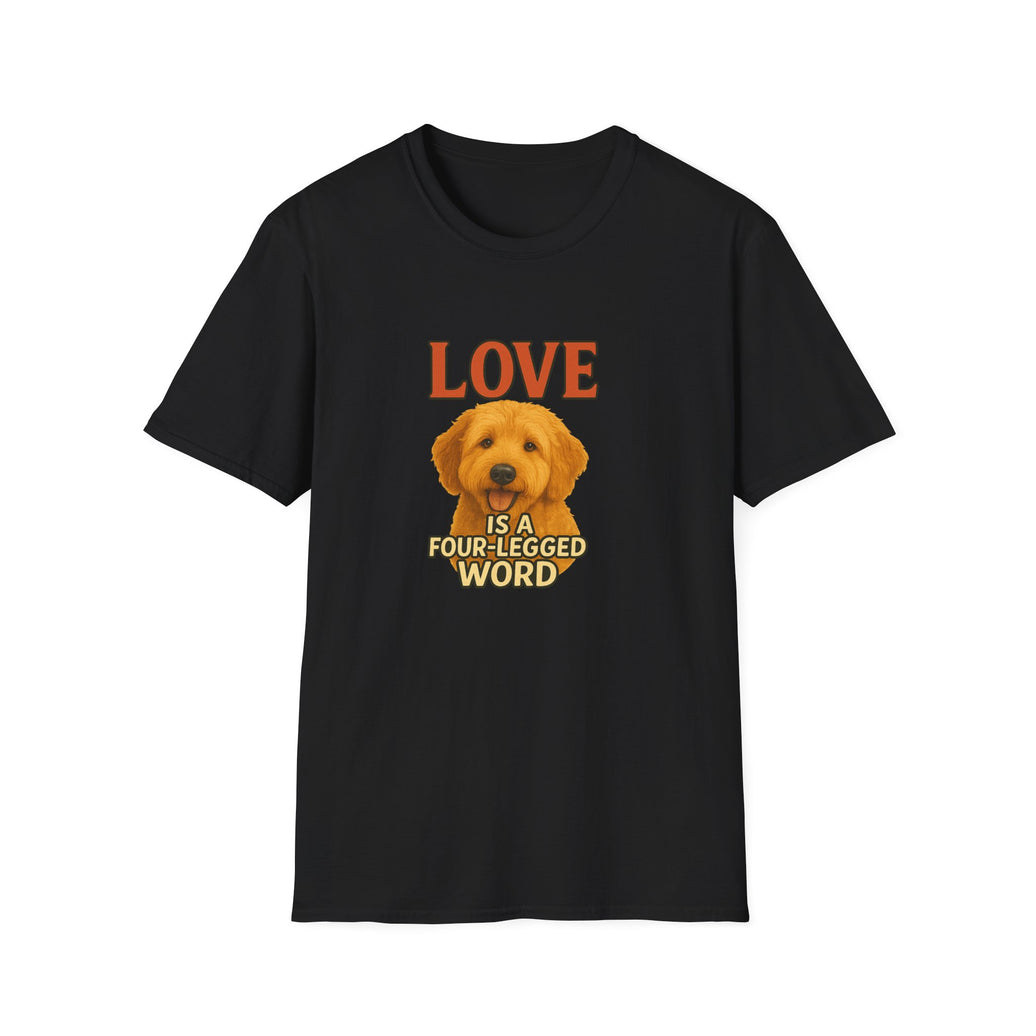
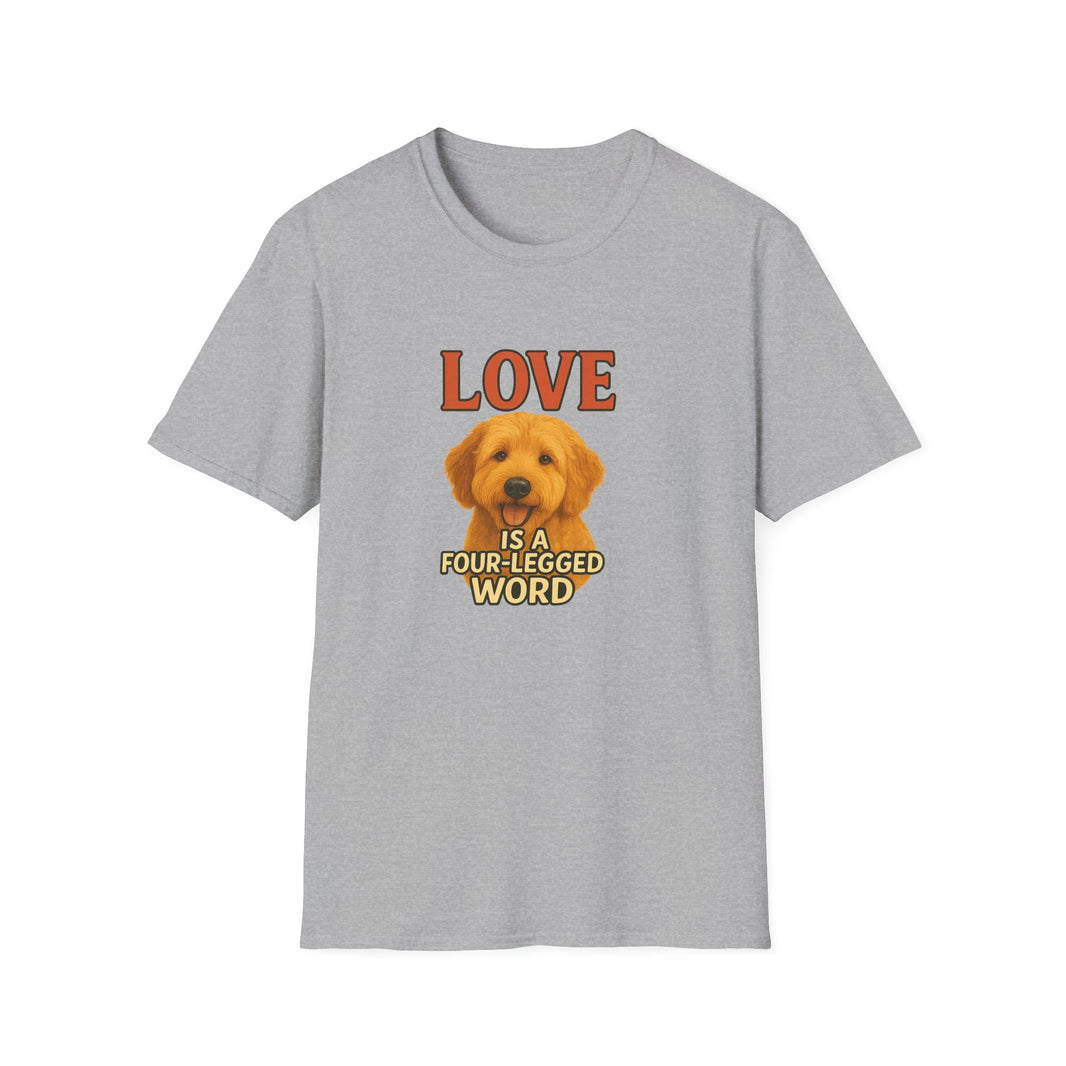
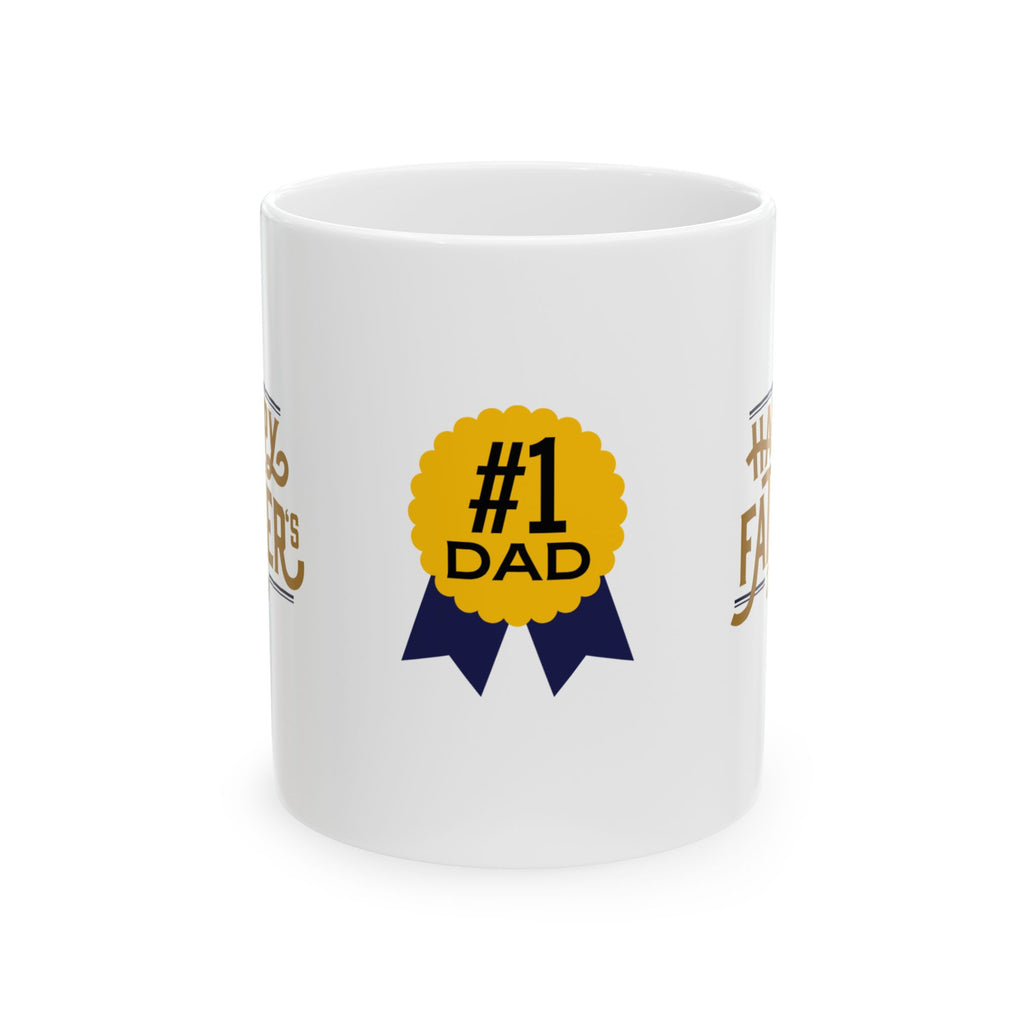



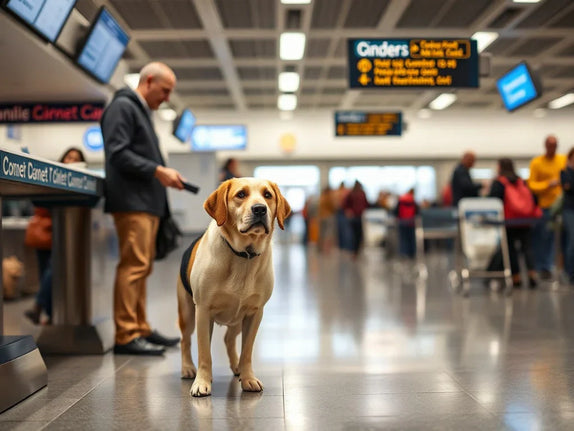

Leave a comment